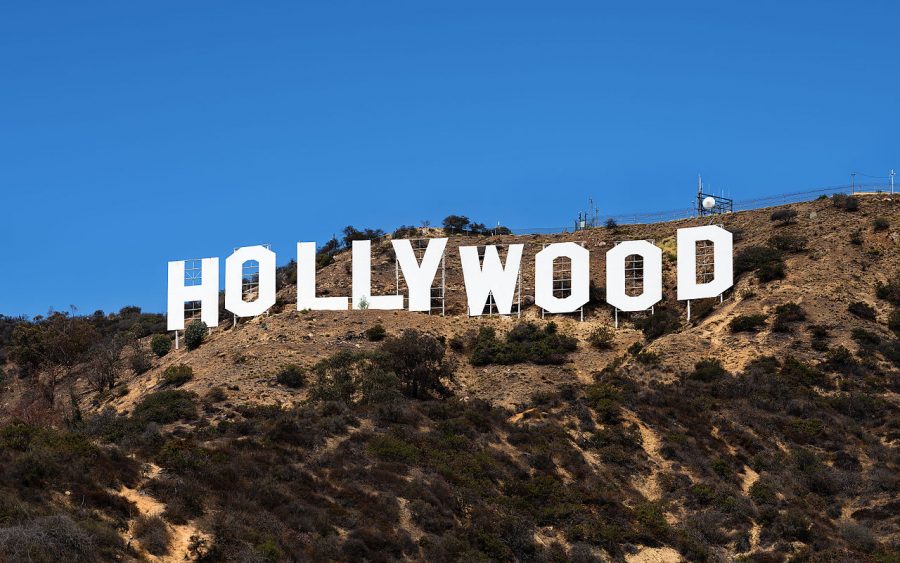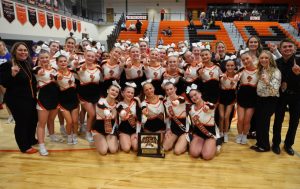Tackling the issue of diversity in Hollywood
January 25, 2018
It seems that Hollywood has possessed a diversity problem since it was born. Recently, people are more outspoken to the issues of Hollywood and their diversity. Changing characters to different races, or including non-white races in films, is a choice in Hollywood that is affecting many. Freshly, at the 2018 Golden Globes, stars such as Meryl Streep, Emma Watson and Amy Poehler brought gender and racial justice activists as their guests. This brought some awareness to viewers. Despite pressure, diversity in Hollywood has made little progress and it isn’t fair to hold one race higher than another.
Minorities (such as women or people of color) aren’t as shown on the big screen as much as white men. According to the 2017 Hollywood Diversity Report created by the Ralph J. Bunche Center for African American Studies at UCLA, minorities were underrepresented in the 2014-15 year, with approximately three to one among film leads, four to one among film directors and seven to one among film writers. It is beyond unfair that Hollywood can’t balance this tippling scale.
The changing of characters by choice, from people of color to white characters, has backlashes in the past with recent releases like “Aloha” with Emma Stone, a white actor, who played the role of a Chinese Hawaiian woman. Christian Bale was cast in the movie “Exodus: Gods and Kings” as a Egyptian God, Moses. Scarlett Johansson starred in the 2017 film, “Ghost in the Shell,” based on a Japanese manga in which her character was originally a Japanese girl. Instead of casting a Japanese actress as the lead, Hollywood favored a famous white actress over a person of color who was fit for the role.The casting the right actor for the right character is something Hollywood needs to accomplish in the long progress of repairing its non-diversity.
The actresses and actors who take on the whitewashed roles of people of color should not be blamed for this problem. In the top 100 films of 2015, 73 percent of leads were white and the remaining 17 percent was nonwhite. If more leads were given to people of color, the more diverse the audience would be, opening weekend. The lack of representation is known throughout Hollywood by the actors, actresses, and audience.
The more diverse a cast was, the more diverse the audience, indicating an increase in revenue due to the greater audience. For top movies, a diverse cast will bring in more diverse audiences. A study conducted by the CAA, people of color represented 47 percent of the audience during opening weekend for the top 10 grossing films in 2016.
Diverse television shows are being brought out, with Shonda Rhimes’s “How to Get Away with Murder” with the starring African-American lead of Viola Davis. “Jane the Virgin” was cast with a Hispanic lead of Gina Rodriguez alongside other hispanics. Shows such as “Blackish” and “Empire” feature African-American leads.
Movies like as “Compton,” about an African-American boxer, is an all African-American cast with only some cast members of other races. The cast of “Black Panther,” coming out in Feb. 2018, is a diverse cast with mainly black actors and a few of white actors. Movies today are more likely to be given a multicultural cast such as “Spiderman: Homecoming” with a more than one African-American, Hispanic and people of color.
The changing of characters’ races by choice, rather than social pressure, is slowly making its way into the casting of Hollywood movies. Hollywood can change and can be more diverse with the casting of its choice and select the right actors for the right role, despite their skin tone. As Hollywood does this, they should be more varying with it and bring together the manifold audience that it brings as well. As this happens, we can only hope that this problem of non-diversity will be acknowledged and stopped.










